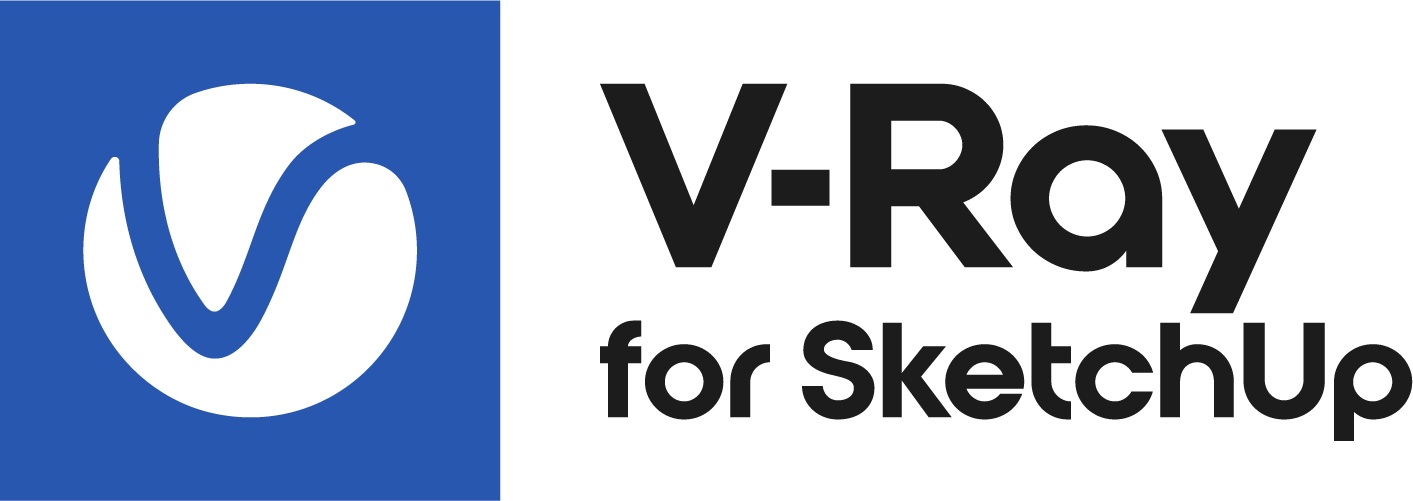Page History
This page introduces the different material types Materials in V-Ray for SketchUp.
| Responsivegridmacro |
|---|
|
...
|
...
| width | 50% |
|---|
Overview
There are a number of different materials for use with V-Ray for SketchUp. These materials are quite versatile and each can be used in a number of ways to achieve different looks as needed from simulating simple surface properties like plastics and metals to complex uses such as translucent objects, subsurface materials, such as skin, and even light-emitting objects.
For more details on each material, please see the dedicated pages.
| UI Text Box | ||
|---|---|---|
| ||
.vismat files are no longer supported. For more information visit Migrating from Previous Versions page. |
With V-Ray 5 permanent support for the SketchUp texture colorization functionality is added. Note that it does not affect the material preview in the Asset Editor but only the appearance of the rendered image.
| UI Text Box | ||
|---|---|---|
| ||
With V-Ray 5, PBR layers are converted to regular VRayMtl layers. |
|
| HideElements | ||
|---|---|---|
|
Materials Tabs
...
| Div | |||||||||||||||||||||||||||||||||||
|---|---|---|---|---|---|---|---|---|---|---|---|---|---|---|---|---|---|---|---|---|---|---|---|---|---|---|---|---|---|---|---|---|---|---|---|
| |||||||||||||||||||||||||||||||||||
|
| Column | ||
|---|---|---|
| ||
|
...
| width | 45% |
|---|
Materials List:
| Children Display | ||
|---|---|---|
|
UI Paths
||V-Ray Asset Editor|| > Create Asset > Materials
||V-Ray Asset Editor|| > Materials
| UI Text Box | ||
|---|---|---|
| ||
Creation of materials is available from two places in the Asset Editor: the Create Asset button and the Materials category icon (top). If the Materials category is empty, left-or right-clicking the icon prompts you to create a new asset. Otherwise, it selects the category in which case right-click opens the creation menu. The Asset creation dropdown lists remain active when the Ctrl (Cmd on Mac OS) key is held, allowing the creation of multiple assets in quick succession. The Asset creation dropdown lists can be activated via the Create Asset button or the Asset Category icons. |
Options
...
| Column | ||||||||||
|---|---|---|---|---|---|---|---|---|---|---|
| ||||||||||
There are some context options that V-Ray materials have. The Search Scene field will search the assets by name from all the categories that are selected. Right-click on any material in the Material's list for a context menu to appear. You can apply the material to the currently selected object or to a layer. Use the Apply To Layer and select any layer to apply the material. The Select Objects in Scene option allows selection and multi-selection of components and groups in the viewport. Select a material to Use as Replacement for any other material in the scene. Then, use the Replace In Scene option over the chosen material or the Replace All References to replace this material in all places that is used. For example, a Generic material is used as part of Two Sided and Multi Material. Replace All References will overwrite the Generic material in both Two Sided and Multi Material.
|
...
| width | 5% |
|---|
| Column | ||
|---|---|---|
| ||
|
| Section | |||||||||||||||
|---|---|---|---|---|---|---|---|---|---|---|---|---|---|---|---|
|
...
| width | 45% |
|---|
...
| UI Text Box | ||
|---|---|---|
| ||
Holding down Ctrl (or Cmd on macOS) while having the Add Attribute menu open, allows selecting multiple entries without closing the dropdown. |
| Column | ||
|---|---|---|
| ||
|
| Column | ||
|---|---|---|
| ||
| Section | |||||||||||||||
|---|---|---|---|---|---|---|---|---|---|---|---|---|---|---|---|
|
| Section | |||||||||||||||
|---|---|---|---|---|---|---|---|---|---|---|---|---|---|---|---|
|
| Section | |||||||||||||||
|---|---|---|---|---|---|---|---|---|---|---|---|---|---|---|---|
|
| Section | |||||||||||||||
|---|---|---|---|---|---|---|---|---|---|---|---|---|---|---|---|
|
...
The ability to add additional layers allows creation of composite materials. Each layer is an additional coat, where the topmost layer is the outermost one. Opacity texture maps can be used to control the appearance of each additional layer. The workflow is generally used for the creation of reflective materials with an extra coat of glossy finish, uneven glaze, extra flakes, or emissive elements.
...
| Section | ||||||||||||||||||||
|---|---|---|---|---|---|---|---|---|---|---|---|---|---|---|---|---|---|---|---|---|
|
V-Ray and SketchUp Materials
It is always recommended to use V-Ray native materials.
V-Ray supports SketchUp materials by internally copying their attributes and "translating" them to a V-Ray material in order to read them. That is why, although SketchUp materials by default do not have that many options, when shown in the Asset Editor - they have additional V-Ray options.
Note that this additional V-Ray data stored for each material can only be read in V-Ray, not in SketchUp itself.
Material Binding
In SketchUp a texture is required to manage the texture mapping of the material in the viewport. Some of the V-Ray materials (generic materials) provide material binding settings allowing them to sync the viewport presentation with SketchUp's material editor. Complex materials and materials that have procedural textures linked to their diffuse color slot are displayed with a default V-Ray placeholder texture or the so called, texture helper.
Multi-materials do not have any binding options available. The V-Ray texture helper map is always used in the viewport, but you can switch the texture from the SketchUp material editor.
| UI Text Box | ||||
|---|---|---|---|---|
| ||||
If a Generic, Emissive or Metallic material contains multiple layers, only the top-most one is regarded in Auto binding mode. |
Colorize Textures
| Section | ||||||||||||||||||||||||||||||||
|---|---|---|---|---|---|---|---|---|---|---|---|---|---|---|---|---|---|---|---|---|---|---|---|---|---|---|---|---|---|---|---|---|
Panel | |



